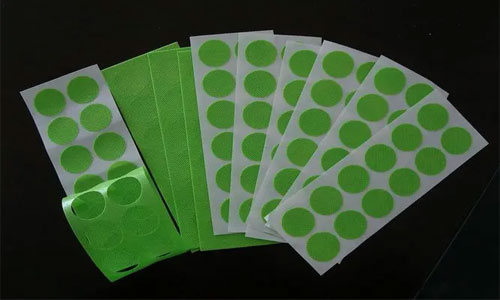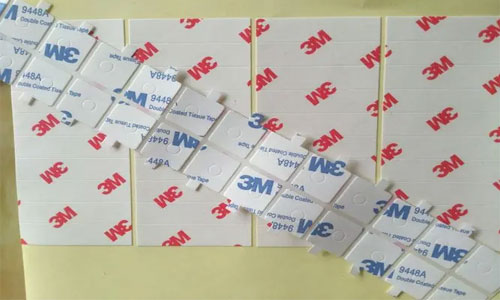Die cutting techniques can also be applied to non-woven materials in the electronics industry to enhance efficiency and productivity. Non-woven materials, such as polyester or polypropylene fabrics, are commonly used in electronic devices for various applications, including filtration, insulation, and protection.

Here are some die cutting techniques that can be employed for non-woven materials:
1. Rotary Die Cutting: Rotary die cutting is a versatile technique that can be used for high volume production of non-woven components. It involves using a cylindrical die and a rotary press to cut the material into the desired shape. This technique allows for rapid and precise cutting of non-woven materials, reducing production time and increasing efficiency.
2. Flat Bed Die Cutting: Flat bed die cutting is another commonly used technique for non-woven materials. It involves using a flat die and a hydraulic press to cut the material. This technique is suitable for small to medium volume production and offers high precision cutting with minimal material waste.
3. Kiss Cutting: Kiss cutting is a technique used to cut non-woven materials without completely cutting through the backing. The die is adjusted to have a cutting edge that only penetrates the non-woven material and not the backing. This technique is commonly used for creating adhesive-backed non-woven components, such as gaskets or filters, that can be easily peeled off and applied during assembly.
4. Multi-Layer Cutting: Non-woven materials often require multiple layers to achieve the desired properties, such as thickness or filtration efficiency. Die cutting can be used to cut multiple layers of non-woven materials simultaneously, improving production efficiency and ensuring consistent component quality.
5. Perforation: Die cutting can also be used to create perforations or micro-perforations in non-woven materials. Perforations can be used for tear-off tabs or easy removal of specific sections, while micro-perforations can enhance breathability or filtration properties of the material.

By using these die cutting techniques, manufacturers can efficiently produce non-woven components for electronic devices. The precision and speed of die cutting help optimize production processes, reduce material waste, and ensure consistent component quality.
Here are the topics that we’ll cover in this complete guide Rotary Die Cutting in Industrial Applications Section 2: Categories of Materials in Die Cutting:
2.1 Plastics: Types, Applications, and Die Cutting Considerations
2.2 Non-Metallic Materials: Characteristics and Die Cutting Applications
2.3 Medical Supplies: Die Cutting Challenges and Solutions
2.4 Paper Products: Die Cutting Techniques and Applications
2.5 Neoprene, Film, and Vinyl: Die Cutting Techniques and Applications
2.6 Automotive Components: Die Cutting Solutions for Efficient Production
2.7 Electronics: Die Cutting for Precision and Performance
2.9 Chipboard, Foil, and Corrugated Materials: Die Cutting Considerations
2.10 Fishpaper, Thermal, and Fiberglass: Die Cutting Techniques and Applications
2.11 Digital Substrates: Die Cutting for Advanced Printing Technologies
Contact: Pamela
Phone: +86 189 6365 3253
E-mail: info@industryprocess.com
Whatsapp:+86 189 6365 3253
Add: Yajing Industrial Park, No. 59 Shuangjing Street, Weiting Town, Suzhou Industrial Park
We chat
